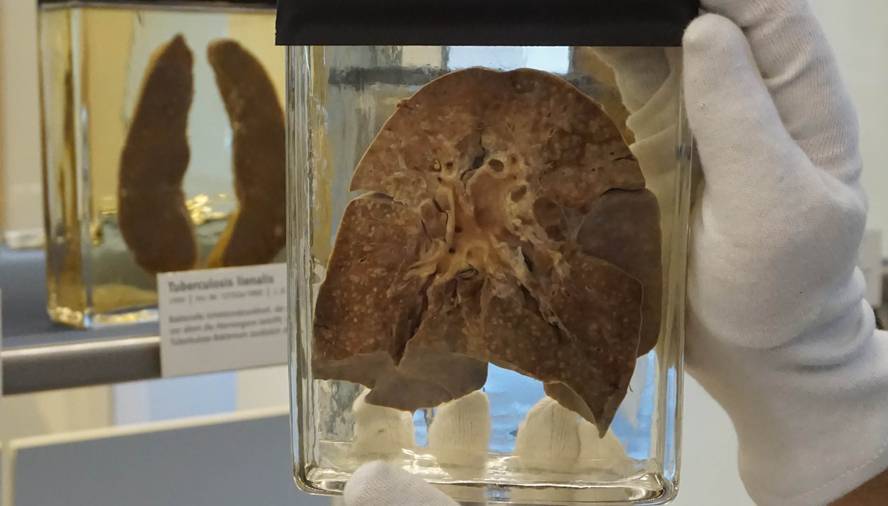Measles is much sooner than they imagined, as calculated from the virus genome

The measles virus is estimated to have appeared in the first millennium, analyzing the genomes of viruses from different eras. This would be much sooner than was thought and coincides with the time when large settlements emerged in Eurasia and in South and East Asia. The research has been published in the journal Science.
It is believed that the measles virus arose when the cow plague virus, already disappeared, passed to humans. And it was considered IX. It happened at the end of the 20th century, although this date has been quite discussed. Now, in order to clarify the origin of the virus, researchers have reconstructed the virus genome from a lung sample collected in a case of measles from 1912. This genome from 1912, another from 1960, the current 127, the genomes of the rinderpest virus and another cattle virus called PPRV are then compared. Thus, BC has been calculated. 1.174 and A.D. That measles appeared between the years 165. Researchers believe that a bovine virus ancestor remained in animals for thousands of years and a. C. jumped humans in the first millennium, when settlements began to grow.





